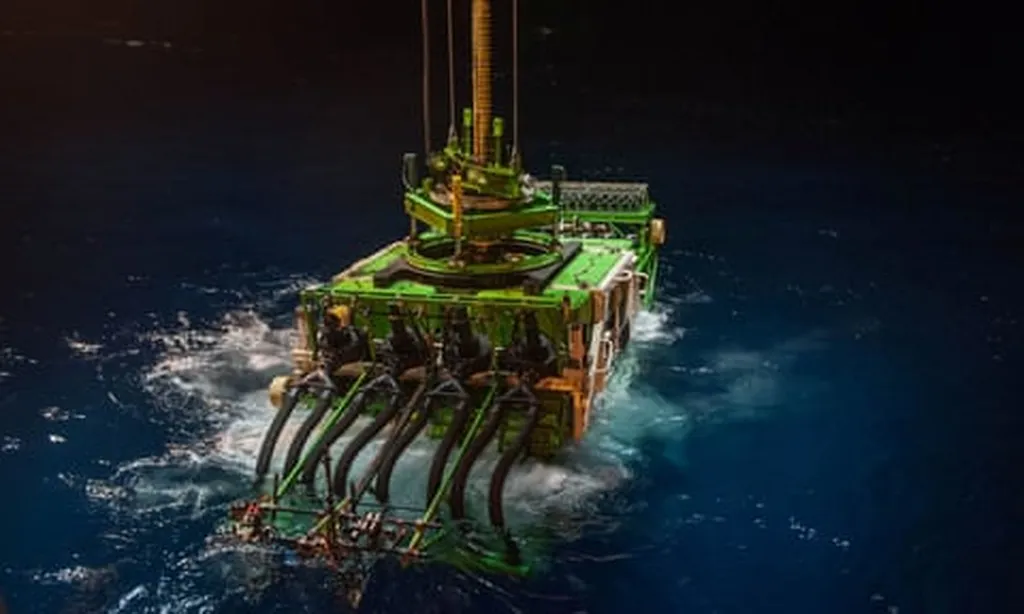In the depths of the ocean, flexible marine pipelines play a crucial role in transporting oil and gas, and their integrity is paramount. A recent study published in the journal ‘Materials Research’ (or ‘Pesquisa em Materiais’ in Portuguese) sheds new light on how heat treatments can influence the electromagnetic behavior and microstructural transformations of the steel wires used in these pipelines. The research, led by Samille Kricia B. de Lima, offers insights that could enhance the durability and safety of offshore energy infrastructure.
The tensile armor of these pipelines is composed of steel wires arranged in a helical pattern, subjected to complex stress modes that can lead to unpredictable failures. To monitor changes in the steel’s properties, electromagnetic non-destructive testing (NDT) techniques are employed. De Lima and her team investigated how different heat treatments, varying in time and temperature, affect the steel’s behavior.
Using scanning electron microscopy (SEM), X-ray diffraction (XRD), and differential scanning calorimetry (DSC), the researchers analyzed the steel’s microstructural and morphological changes. They also examined the magnetic Barkhausen noise (MBN), magnetic hysteresis, and electrical resistivity signals.
The findings reveal that the recovery process occurs during spheroidizing at 600 and 700 °C. However, the behavior of the MBN envelope and the DSC curves suggest that recrystallization only takes place in treatments at 700 and 800 °C. “The MBN peak has greater amplitude and lower energy to reach saturation due to the increased mobility of domain walls in the spheroidized microstructure,” de Lima explains.
In normalizing, the MBN peak was lower, and the electrical resistivity was higher. This is because the pearlitic microstructure and the multiplication of grain boundaries in recrystallization cause greater impediment to the movement of domain walls and the flow of free electrons.
The implications for the energy sector are significant. Understanding these microstructural changes can help in developing more robust and reliable steel wires for flexible marine pipelines. “This research provides a deeper insight into the electromagnetic behavior of heat-treated steels, which can be crucial for the non-destructive evaluation and monitoring of offshore pipelines,” de Lima notes.
The study, published in ‘Materials Research’, not only advances our scientific understanding but also paves the way for practical applications that can enhance the safety and efficiency of oil and gas transportation. As the energy sector continues to push the boundaries of exploration and production, such research becomes increasingly vital. By leveraging these findings, engineers and scientists can develop better materials and techniques to ensure the integrity of critical infrastructure in challenging environments.

